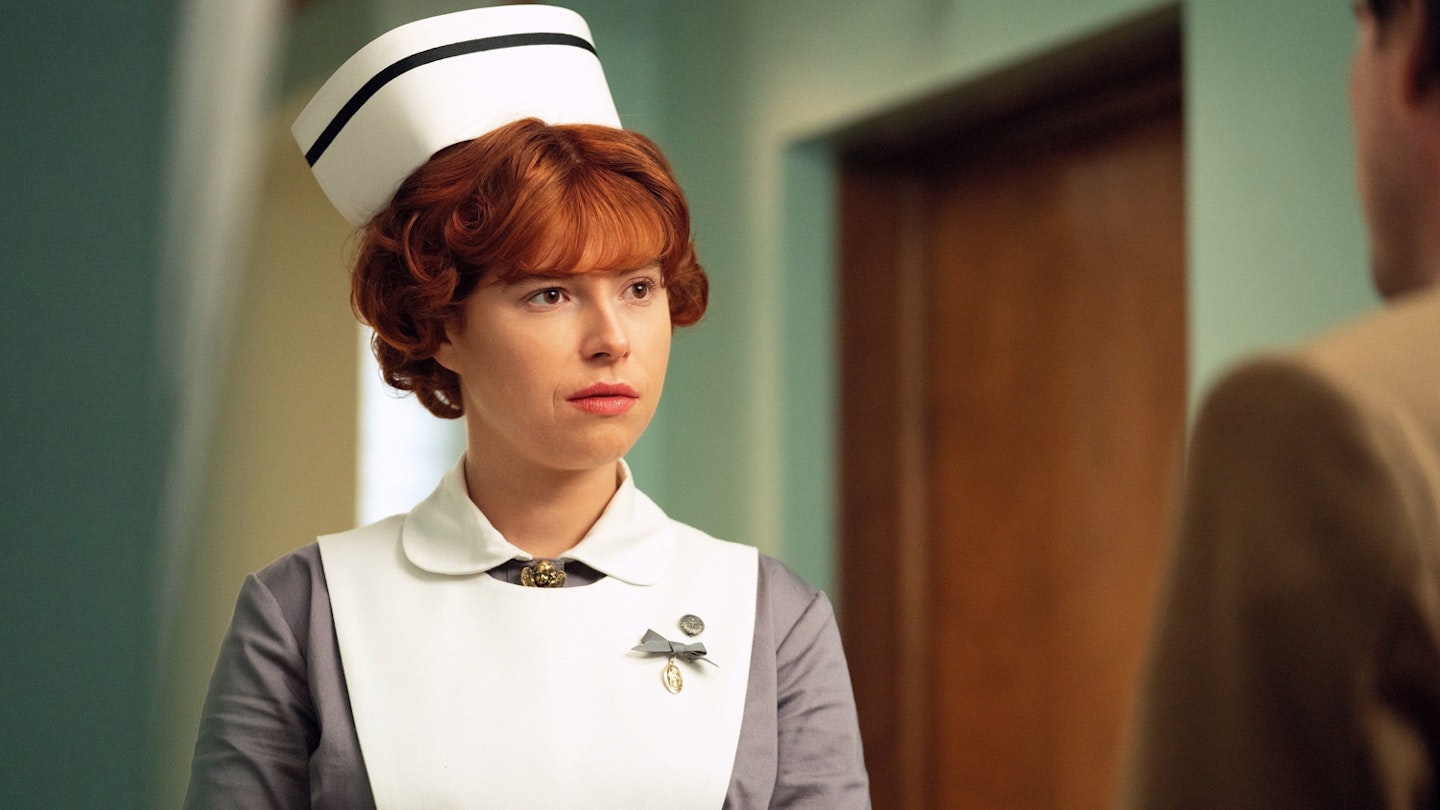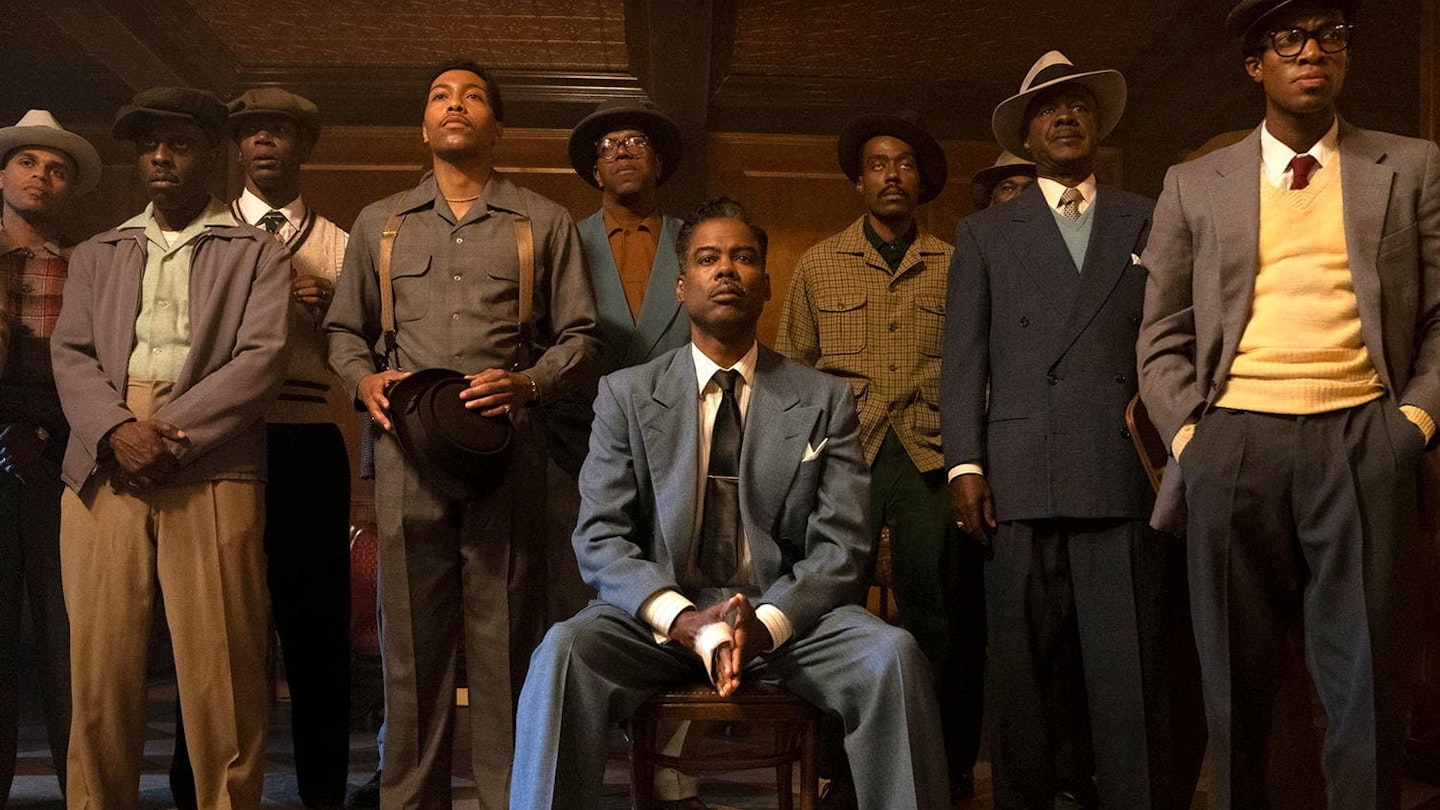Episodes viewed: 11 of 11
*Streaming on: All 4
Welcome back, Fargo. Three years after Season 3, Noah Hawley’s fourth amplification of the 1996 Coen Brothers classic sings with the eccentric ne’er-do-wells, stylised dialogue, twisty-turny narratives, hyped-up filmmaking and call-backs to both previous series and the CCU (Coens Cinematic Universe). It has so many characters and through-lines, you need an incident room to keep track, but it’s a rich tapestry of crime lore brought to life by a terrific cast.

Starting with a nifty potted history of organised crime in 20th-century Kansas, the overriding season arc concerns gang warfare between the Italian Fadda family and an on-the-rise African-American outfit. In the blue corner, the Faddas are led by Josto Fadda (Jason Schwartzman), a crime-boss too small for his office chair; in the red corner, Loy Cannon (Chris Rock), a smart, visionary family man.
It’s a dense, complex, _Godfather_-like affair, but the rewards are bountiful.
Weaving in and out of this A-story are a clutch of colourful characters who collide with the main narrative in numerous ways: polite, articulate nurse Oraetta Mayflower (Jessie Buckley), who has a penchant for strange sex and even darker secrets; resourceful schoolgirl Ethelrida Pearl Smutny (E’myri Crutchfield), whose family’s funeral parlour becomes a focal point for the action; plus her aunt, escaped con Zelmare Roulette (Karen Aldridge), and her girlfriend Swanee Capp (Kelsey Asbille). Then there’s Mormon lawman Dick Wickware (Timothy Olyphant) — nicknamed ‘Deafy’ because he only hears what he wants to — who is teamed with local OCD-afflicted cop Odis Weff (Jack Huston), to track down Zelmare and Swannee. Throw in Loy’s right-hand man Doctor Senator (the excellent Glynn Turman) and you can see Hawley has retained his skill for exotic nomenclature straight out of the Coens’ playbook.
It’s a dense, complex, Godfather-like affair (the final episode’s recap — “Antecedently on Fargo” — takes a near five minutes), but the rewards are bountiful. Schwartzman has a ball grandstanding as an Italian Mob boss and Buckley plays Oraetta’s eccentricities to the hilt. But it is Rock who is the revelation, giving a controlled, detailed performance as Loy that keeps all the outlandishness in check.
There’s also a delight and poetry in both the language and the filmmaking; there are split screens, Road To Perdition-level shootouts, stunning slow-mo, gorgeous imagery, all held together by Jeff Russo’s powerful, Carter Burwell-esque score. Episode nine does its own thing, a delicious two-hander as Rabbi Milligan (an under-used Ben Whishaw, perhaps playing a link to Season 2’s Mike Milligan), an Irishman taken in by the Fadda family, takes Loy’s son Satchel (Rodney L. Jones III) on a road trip, shot in beautiful black and white with more than a nod to The Wizard Of Oz. Yet it is not style over substance. Its subject is the very nature of the USA itself (“If America’s a nation of immigrants, then how does one ‘become’ American?”), a sharp-as-a-stabbing examination of cultural identity and assimilation. If anything, Fargo bites off more than it can chew, but how many TV shows do that?




